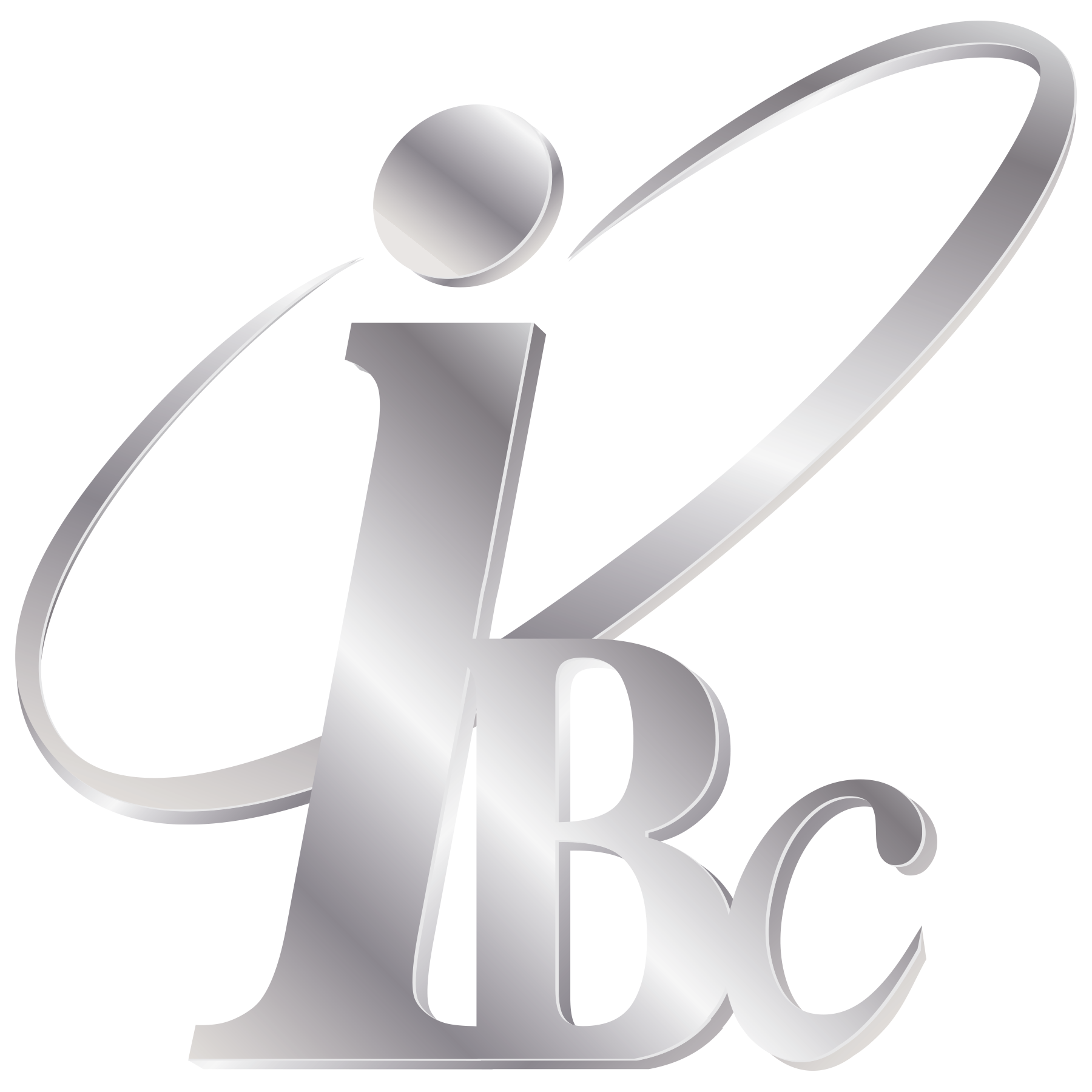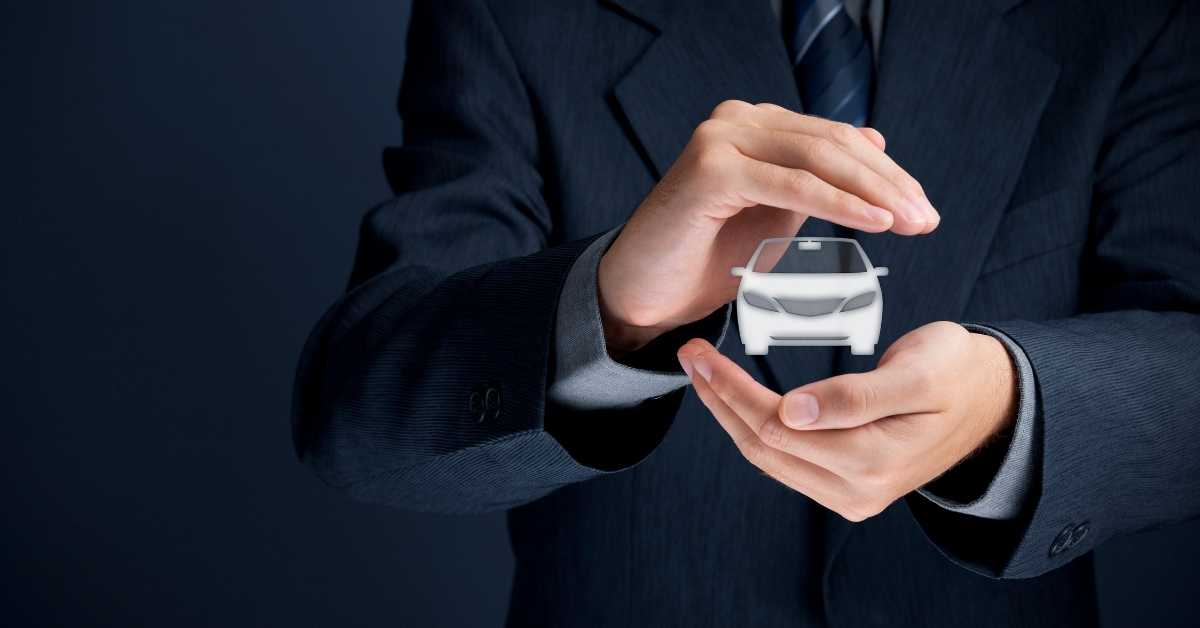Accidents happen, even to careful drivers. So, what’s the first thing to do after you’ve been in one? Try to remain calm. The post-accident process is fairly straightforward, but it’s not always that easy. Keeping your cool will help you document the wreck thoroughly and accurately.
Here are the steps to follow after a car accident.
1. Check for Injuries Than Move to a Safe Area
Immediately determine if anyone is injured and if you need to call 911 to get an ambulance and police on the scene. Calling the police is required in some states even if the incident was minor and the other driver is cooperative. Besides, that way you’ll have an official report to give to your insurance company which they will likely ask for.
If the cars involved are still operational, get them off the main road and turn on the hazard lights so you stay safe from other vehicles around you. If there appears to be a danger, get everyone away from the vehicle to a safe place off the road.
2. Exchange Insurance Information
In most cases you only need to provide your name and your insurance information to any other drivers involved. While you might want to hash out the details of the crash with the other driver, it’s best to limit your interaction so you don’t admit guilt, blame the other person, or let the other driver know what your insurance policy limits are.
You can also collect some other information such as a witness’s information, the other drivers phone number, and a copy of the police report.
3. Document the Crash
Before anyone leaves or moves, it’s important to document the crash. You should take pictures of all the damage including any to the other driver’s car, their license plate, date and time of the accident, and any notes such as how fast you were driving and any other road conditions.
How Insurance Pays After an Accident
This will depend on who was at fault and the types of coverage you both have.
If Another Driver is at Fault
Their auto insurance will pay for the damage to your car up to the property damage liability limits and any medical bills up to the bodily injury liability coverage. If the other driver doesn’t have insurance or doesn’t have enough to pay all your bills than your own insurance will pay for it.
If You’re at Fault
It depends on your policy on what your insurance will cover. But, it most likely will include: injuries to the other driver or anyone else in the car, damage to the other driver’s car, damage to your own car, and any medical expenses. Your insurance might even pay for a rental car if that’s needed while their car is in the shop getting fixed.





